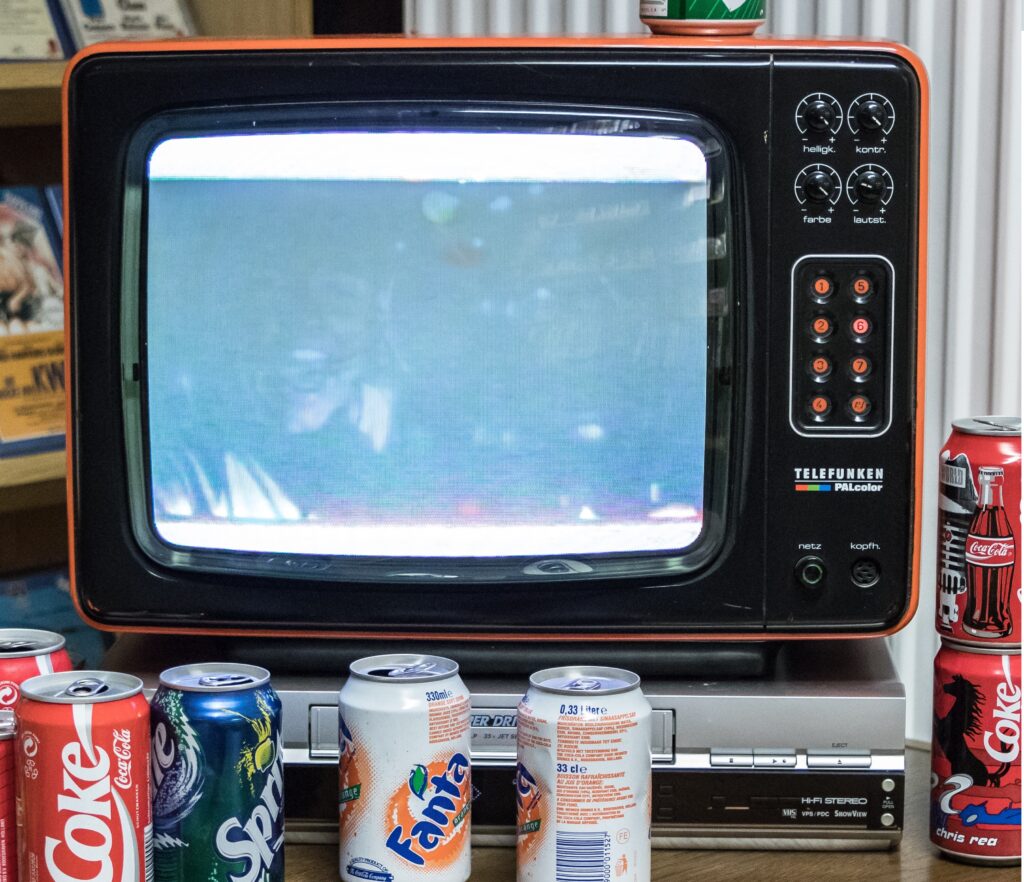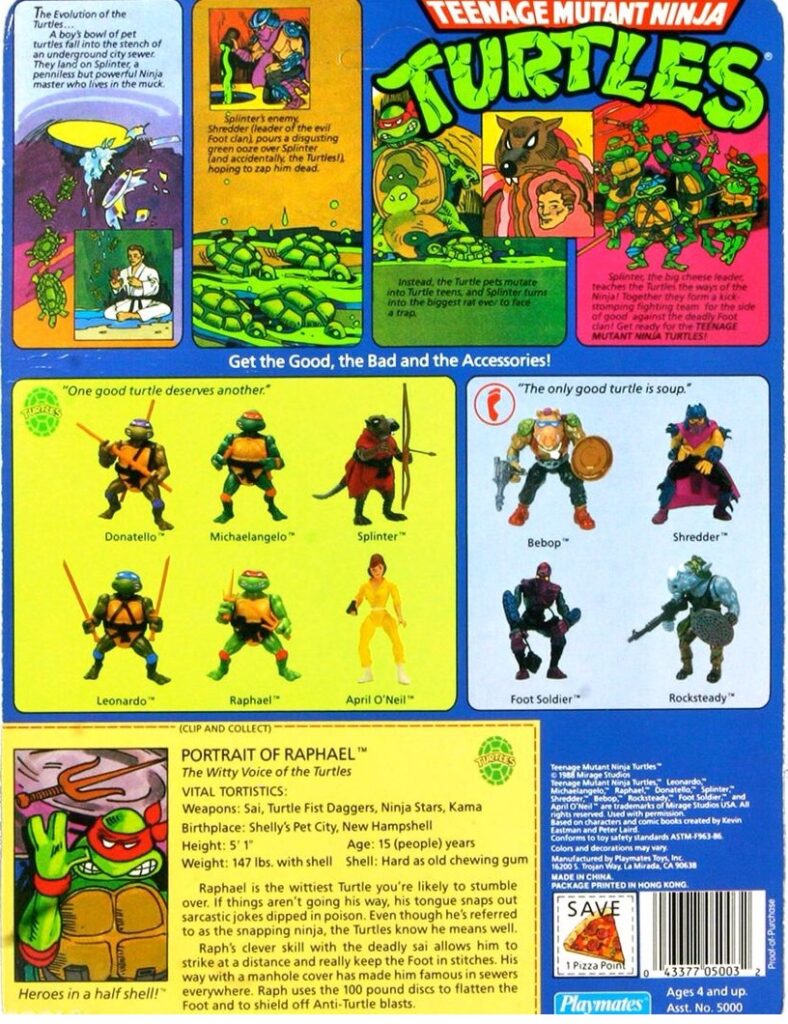The 1980s were a time of many pop-cultural shifts in the US. There was MTV, the proliferation of neon, movies aimed at youthful angst, even a brief fixation with Australia. It was a distinct decade for certain, and something rather drastic happened regarding children’s toys. At the beginning of the 80s, laws previously shielding children from television marketing were loosened. When this happened, toys changed and fierce competition introduced toy lines that have been popular enough to linger years later. The drastic change in 80’s toys was a reactive one to certain events, and mainly, to Ronald Reagan. Before getting into this rather drastic shift, let’s first turn back a bit.

Prior to the 1950s in the US, most mediums for advertising to children were through radio ads, comic books, and catalogs. By the 1950s, the US was seeing some major consolidations of interests. Roadways were connecting the country, malls were beginning to pop up, and televisions were revolutionizing a home’s connection to news and entertainment. It didn’t take long for TV programs to be specifically aimed at children. During the early days of TV broadcasting, government organizations realized that TV needed regulation, especially when it came to children. In fact, responsible politicians realized that kid’s shows probably shouldn’t be directly tied to selling merchandise.
A few shows stand in minor controversy. Romper Room was a live action show aimed at preschool kids. When the show promoted their own toy brand on air, they got banned from many regions. A Hot Wheels cartoon in the late 60s was scrutinized, and eventually cancelled because the variety of cars in the show seemed close enough to suggestive advertising. The morals were a little gray though: superhero cartoons surely promoted the sales of comics, and even cereal mascots had a brief TV show in the 60s.

Laws and limits on advertising to children became clearer and stricter, and by the late 70s, there were some sturdy limits. This became pretty significant when Star Wars entered the scene. The variety of characters and vehicles in Star Wars offered a ripe transition to toys. Because it was a movie, the same restriction from TV didn’t apply. Toy companies saw the potential to a pretty logical equation: introduce kids to a bunch of cool characters, then give them toys to play out their own scenarios.

One of the first things Ronal Reagan’s new government did after getting elected into office in 1981, was lift the restrictions on laws regarding advertisements to children. This wasn’t something the toy companies demanded, but was based on the idea of his “free market” approach to the economy. After these floodgates opened, cereal companies could run more cartoonish ads, arcade games could be merchandised in broad new ways to children, and toy manufacturers saw a way to reverse the Star Wars equation. Essentially, they developed toy lines and then made cartoons to serve as their own advertisements.


There were some ideas, Transformers for instance, where toys already existed. The Japanese transforming bots were reworked for a US audience and brought together in one cohesive cartoon. GI Joe, which had been a popular enough toy years prior, was reworked into a line that went for more quantity than quality. Toys were marketed to girls too, with My Little Pony and Rainbow Brite more notable. Of course, there were many others: Care Bears, He-Man, She-Ra, J.E.M., Voltron, Thundercats, Silverhawks, etc.. Even younger ages weren’t spared from things like the Get-Along-Gang, and Popples. Not only was there abundant variety, but toy lines swelled with popularity. Teenage Mutant Ninja Turtles originally released in a line of ten figures in 1988. By 91, nearly fifty new figures released. Coinciding cartoons were often structured around selling new toys in many of these lines also, with episodes focused on introducing new characters, or sometimes revamping a whole cast.


Not all cartoons of the Reagan-era were aimed at selling toys. Shows like Ducktales, and Smurfs did have merchandise and branding that came with popularity, but the shows creator’s seemed more concerned with making good cartoons, rather than just selling toys. Plus there were many shows not aimed at selling merchandise. Children’s programs on cable TV tended more toward gameshows or sketch-comedy, and most these aimed to make money through good old-fashioned commercial time.

After Reagan’s presidency, ensuing administrations were concerned with the amount of advertising aimed at children. Both Bush Sr. and Clinton passed laws limiting commercial time during kid’s programs. Still, the model for cartoons directly selling toys continued well into the 90s. Shows like Power Rangers, X-Men, Spider-Man, Batman, Pokémon, all had a fair variety of collectible action figures and toys.
With the 2000s, the abundance of cable, and the ensuing rise of streaming, the landscape for children’s programs mostly just broadened. The formula to selling toys tied to kid’s shows is something that never really went away after the 80s. In fact, the method has been so dominant that brands like Transformers, Ninja Turtles, and My Little Pony have held onto a lineage of popularity.
The lifting of advertising restrictions to children is certainly a Pandora’s Box. Was it right for a bunch of adults to want to remove laws put in place to protect children from incessant advertising? In my opinion, the answer is a definite, no, in terms of ethics. What Reagan and his administration still seems fairly questionable. Were toys better due to stiff competition though? As a kid who benefited from improvements to 80’s toys, my opinion is also a rather strong, yes. Toys of the era captured niche ideas and had to strive to stand out from competitors. Simply put, stiff competition left little room for slacking and toy companies did strive to get it right. Though the historical act of changing toy marketing in the 80s creates a debatable concern of ethics, the progression of toys in the era cannot be denied. To this very day, the 80’s formula for marketing toys continues to echo through both TV and toy aisles.